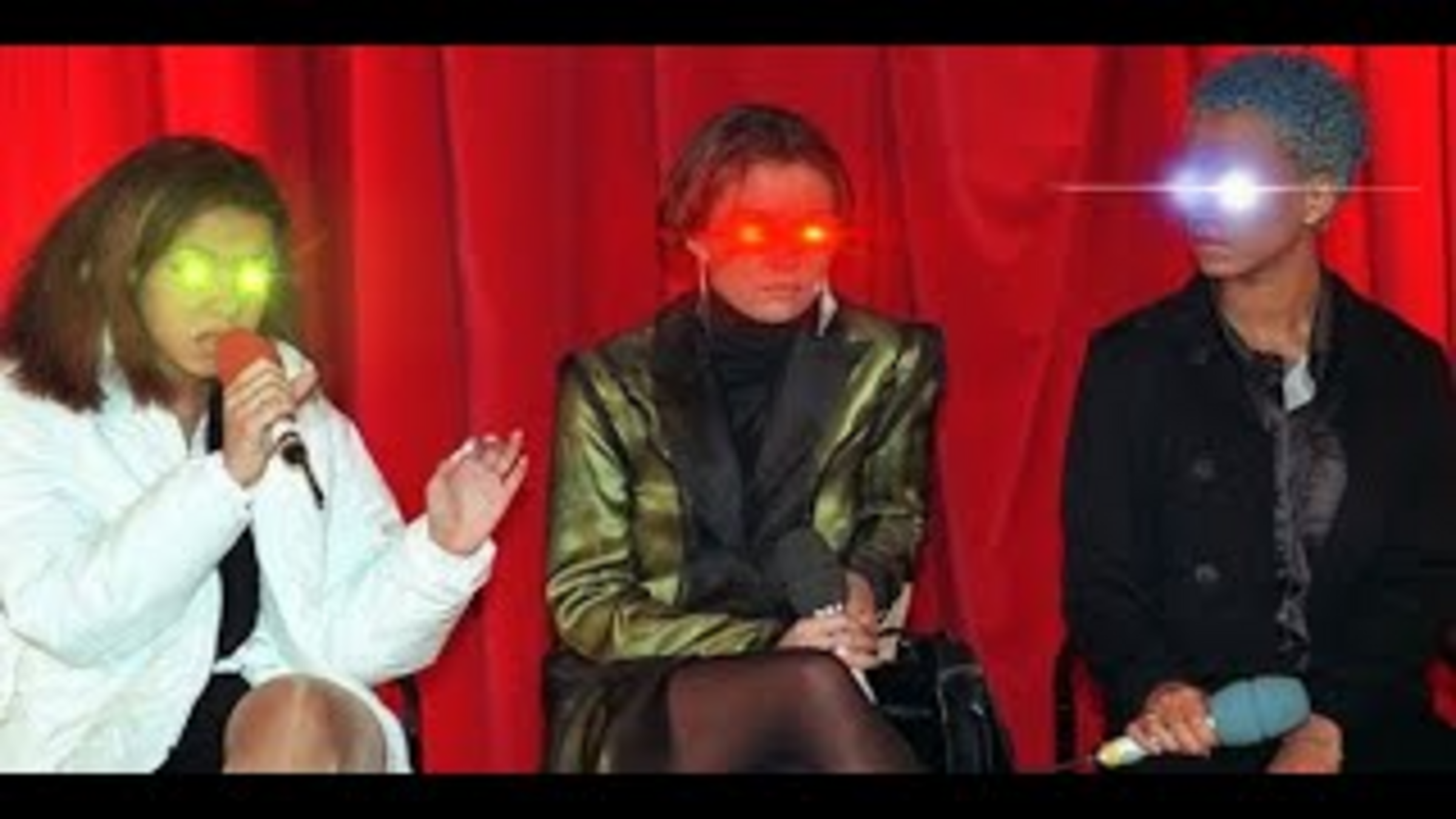The art of biting criticism is as timeless as arguing itself. Which musician is being slated here? Have a guess!
1. "...A cat would have died and even rocks would have turned into egg dishes from fear of these horrible discords...The beginning of the third movement is a noise to tear your ears apart... You can express the whole shit in 100 bars, because it's always the same and always boring."
2 "X is tireless in his search for ear-splitting dissonances, agonising transitions, cutting modulations, disgusting contortions of melody and rhythm... If X had presented this composition to a master, he would hopefully have thrown it torn to pieces at his feet, which is what we want to do here symbolically."
3) "Here she comes closer than usual to portraying human emotions, but she still sounds like a robot [...]. The main characteristic of X's voice is a kind of razor-sharp emptiness, a mechanistic precision that rarely leaves room for real feelings to make their way through. And this emptiness, coupled with X's glaring lack of technical vocal talent, makes her a truly unlikely pop star."
4. "X [...] has a voice that takes some getting used to. At first she doesn't sound like much at all. Then you notice her only distinguishing feature, a girlish hiccup that the singer uses over and over until it's annoying as hell."
![[Translate to English:] Zwei Rapperinnen battlen sich auf der Bühne](fileadmin/_processed_/files/c/d/csm_19_AS_Akustik_Abb_06_Rap_87385206e8.jpg)
![[Translate to English:] Filmszene aus Laurel-und-Hardy: Menschen bewerfen sich mit Torten](fileadmin/_processed_/9/0/csm_16_LHFH_Screen_09_BattleCentury_8150ffbd1f.jpg)













